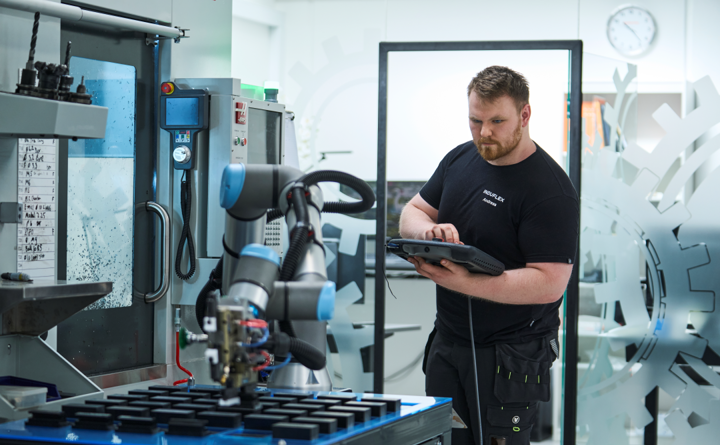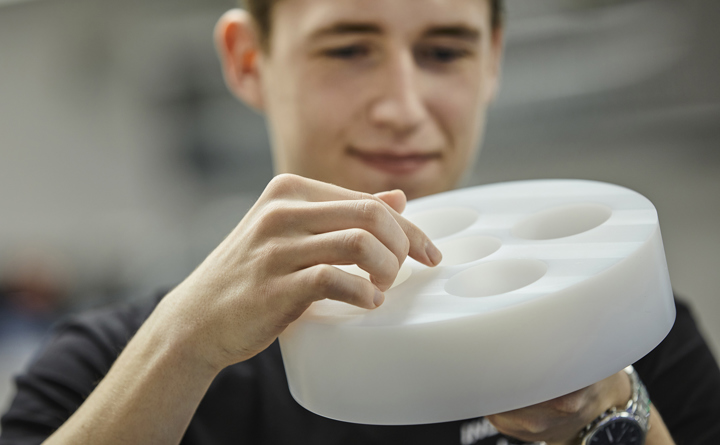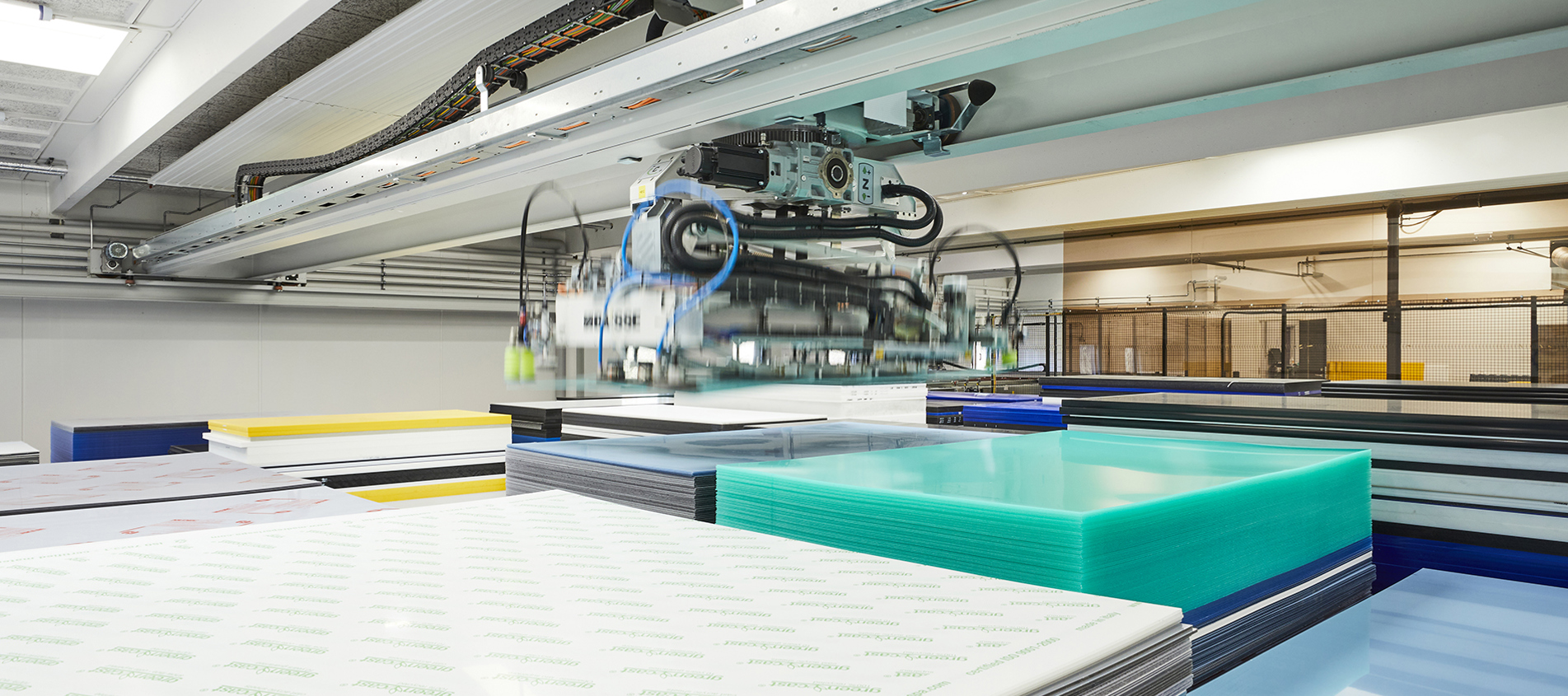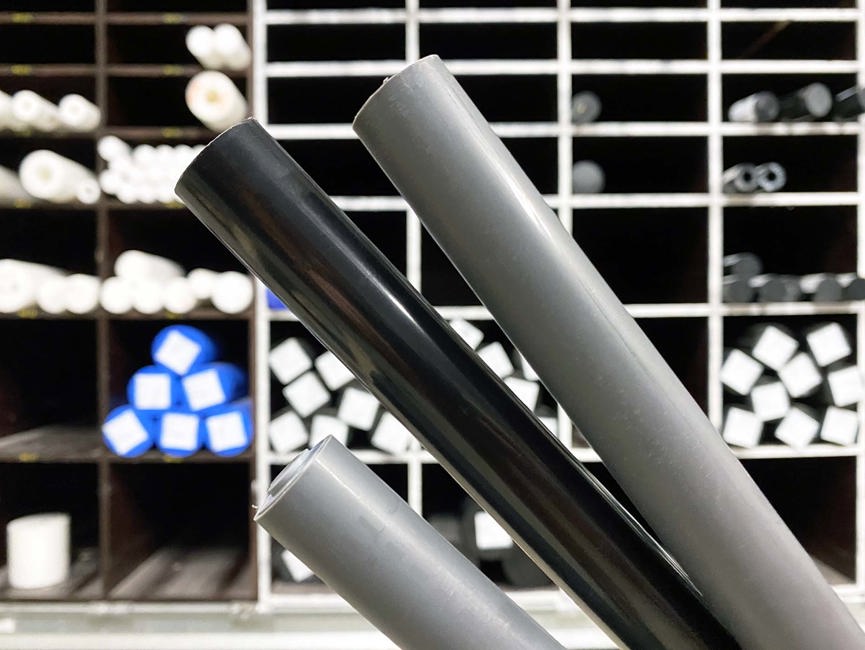
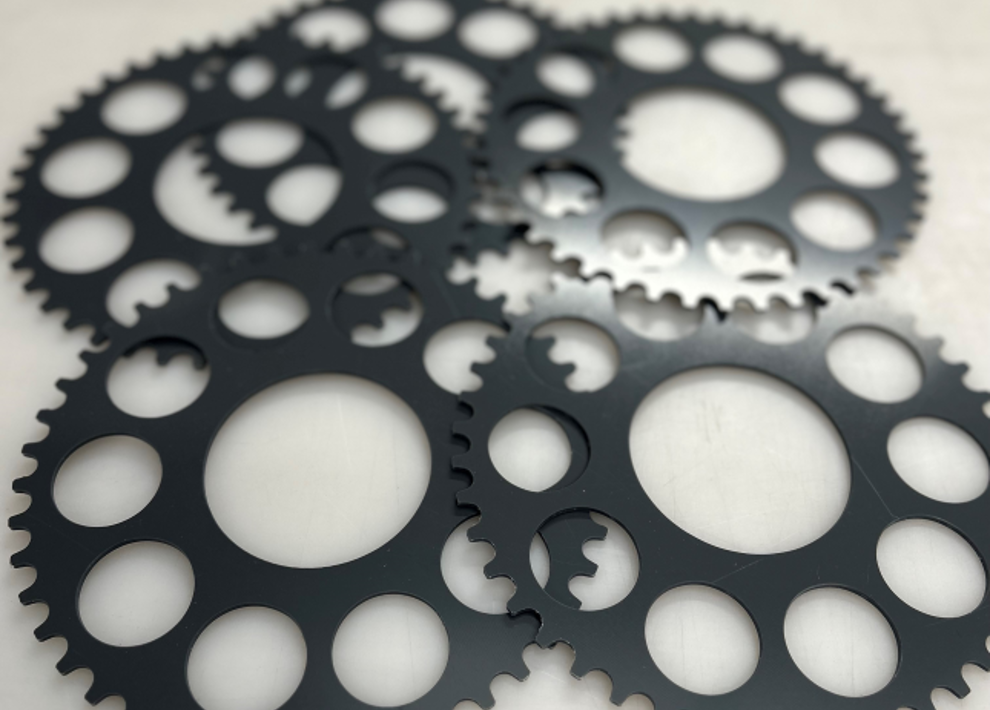

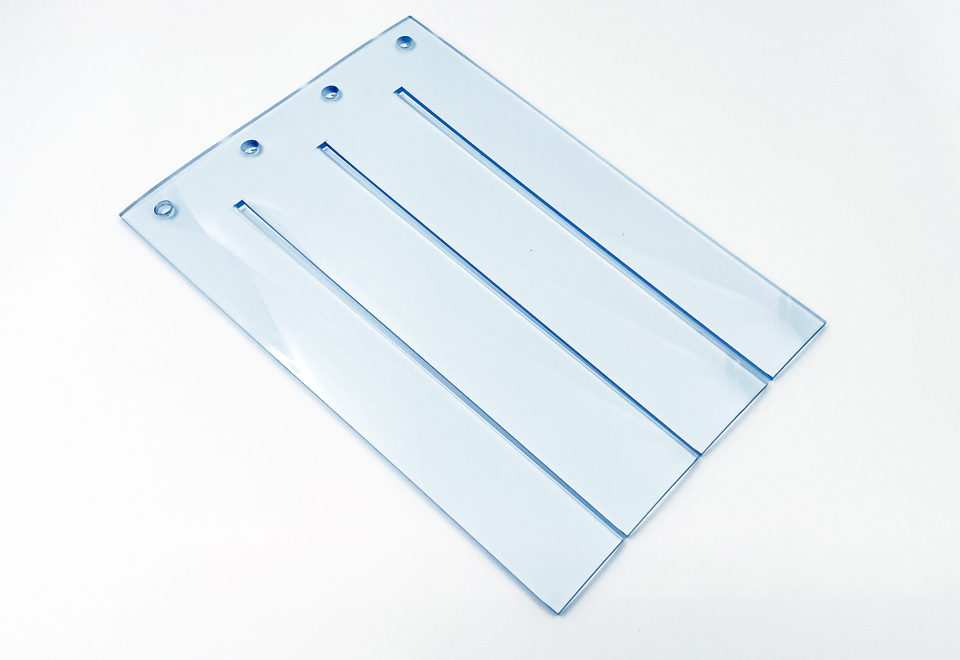
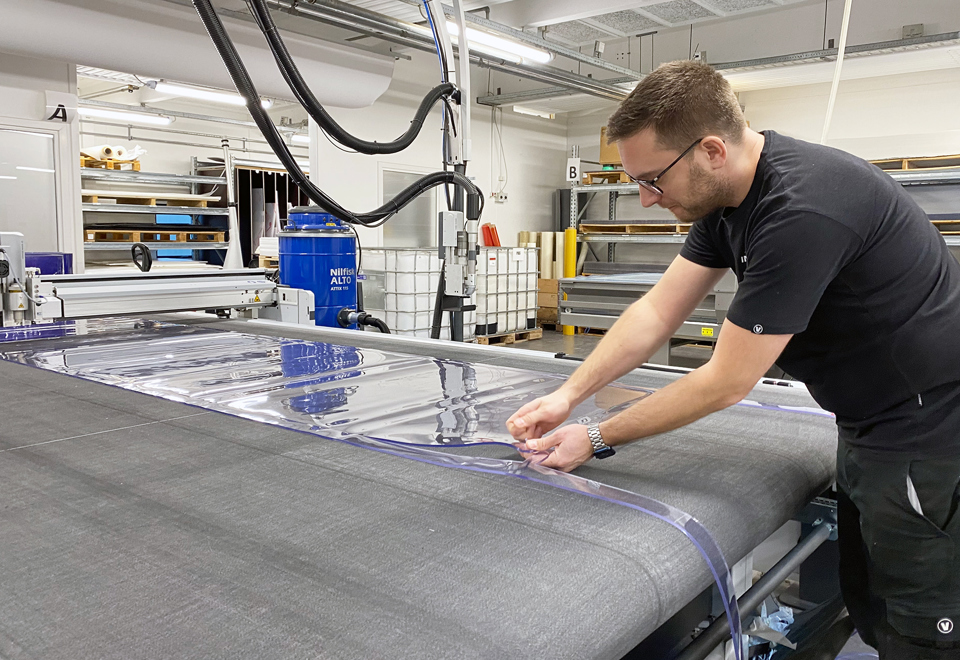

Have any questions?

Daniel Dam Barrett
Technical Advisor & Sales

Tina Heslop Christensen
Sales and Project Coordinator
Spørgsmål og svar
-
We have a large inventory of plastics, allowing us to fulfill requests for items made from standard materials within 8-14 working days, depending on the complexity of your project.
If your project requires more specialized plastics, such as PVC with additives, we operate within a month. We only collaborate with European suppliers, so we can quickly order materials to meet your needs.
-
At Induflex, we can achieve very tight tolerances in plastic.
When you order a plastic part from us, it will comply with Danish Standard ISO 2768-1 (medium) by default. We measure the tolerances at room temperature, around 21 °C.
Of course, we can agree on different tolerances if you wish.
-
By sending us a STEP file or PDF with your drawings, we can quickly assist you in determining whether polycarbonate is the right choice for your project.
We can also identify the best machining method for your components.
